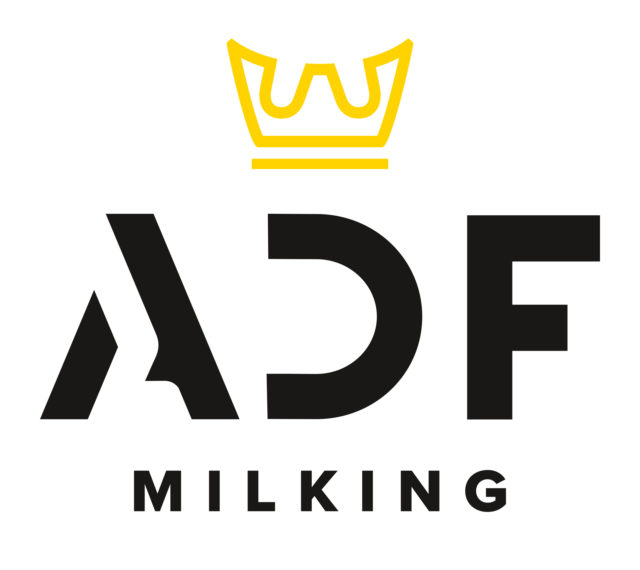It was not until the 1940s when diesel power first appeared, and by the 1970s, a majority of farm tractors used diesel.
The shift to diesel power then was for many of the same reasons that diesel still dominates more than three-quarters of all farm equipment today: the combination of power, performance, fuel efficiency, reliability and durability.
Farm equipment is all about productivity and having enough power to efficiently get work done. Diesel does this best because it is the most energy-efficient internal combustion engine, using a fuel that contains 10 percent more energy (BTUs) than gasoline, giving about a 30 percent efficiency overall advantage.
Seven-plus decades after its entry into farm equipment, diesel power has helped lower energy (fuel) inputs, making farms more productive, efficient and profitable.
The evolution of today’s modern diesel engine began in 1990, when the U.S. EPA established emissions limits for farm machines and equipment.
In 2004, more progressive requirements were adopted, known in the industry as Tier 1 to Tier 4. These standards require new engines and equipment to reduce emissions of particulate matter and smog-forming compounds to near-zero levels by 2014 (Tier 4 final).
This new generation of diesel technology developed to meet these standards is called clean diesel. A three-part system, it relies on ultra-low sulphur diesel fuel, advanced engine technology and new emissions control strategies all working together.
Ultra-low (less than 15 ppm) sulphur diesel fuel (ULSD) used today in all highway and off-road engines has been essential to meeting these challenges.
Prior to the emissions standards, engines were tuned for power and lowest fuel consumption, accomplished with simple mechanical controls. Meeting the new environmental standards, however, requires a new balancing act with more precise control over timing, fuel and air mixtures by the use of electronic engine controls and computers.
Inside the engine, combustion events are now fueled by high-pressure electronic fuel injectors that deliver precise spray patterns of fuel timed down to the microsecond.
Air management includes exhaust gas recirculation and cooling and variable geometry turbochargers that can precisely adjust air flow into and exhaust coming out of the engine on a moment-by-moment basis based on the needs of the machine.
In the exhaust stream, all new engines have more temperature and emissions sensors, but from there, components and strategies are variable depending on manufacturer.
Some combination of oxidation catalysts, particulate filters and selective catalytic reduction (SCR) systems that use a replenishable supply of aqueous urea are all likely to be found on new engines.
Meeting the new emissions requirements has been a major challenge and investment for manufacturers. For farmers, there are some new maintenance considerations such as cleaning particulate filters, using new specification engine oils and refilling the diesel exhaust fluid (urea) tanks.
New engines will deliver more than just clean air. They are often quieter, have improved low-speed torque and higher power bulges for better transient responses while retaining or improving on fuel economy of previous models. And most all engines are B5, and some are B20 biodiesel compatible.
What’s next?
While there is plenty of conversation about electric cars and alternative fuels like natural gas in highway trucks, the new generation of clean diesel power has been transformed to continue to be the dominant power for the nation’s agricultural industry well into the future.
There will be more improvements on the horizon. Who knows? We may even see the addition of some hybrid technologies (electric motors and batteries) to diesel power trains down the road; they’re already in use today in some new wheel loaders and excavators. PD
Allen Schaeffer is the executive director at the Diesel Technology Forum.










